THE man who plays Ivan Milat in Catching Milat reveals a chilling brush with the serial killer, as friends and relatives of the backpacker murderer’s victims call for its broadcast to be blocked.
Actor Malcolm Kennard has revealed a chilling online encounter with a person purporting to be Milat, as he spent long, dark hours researching the role of the backpacker murderer.
Despite denials by NSW Corrective Services that Australia’s most notorious inmate would have internet access, Kennard said the terrifying cyber exchange was real enough to spook the 47-year-old into believing Milat was “there in the room.”
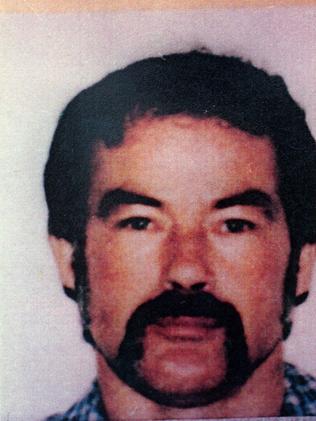
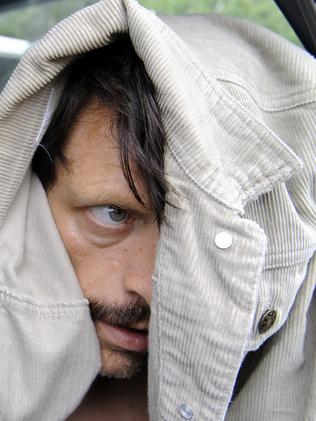
“There was certainly a sense of that at the time [but] what I was actually afraid of was my imagination, which I think is what people are afraid of ... that visceral response.”
Channelling the intensity of that emotion into his performance in the Shine Australia production, Kennard will almost certainly see his career catapult into the A-list stratosphere — such is his chilling portrayal of the butcher of Belanglo.
While critics of the two-part mini-series argue the TV retelling will only glorify the killings and empower the sadistic former roadworker, who plucked his seven hitch-hiking victims from the Hume Highway, south of Sydney between 1989 and 1992, Kennards argues “the project is going to dissect through that myth.”
“If I thought this (production) was going to be sensational, I wouldn’t have done it. The reason I did this is because of the fact there is this great lack of information [Milat has never confessed] which only enhances the fear and curiosity.”
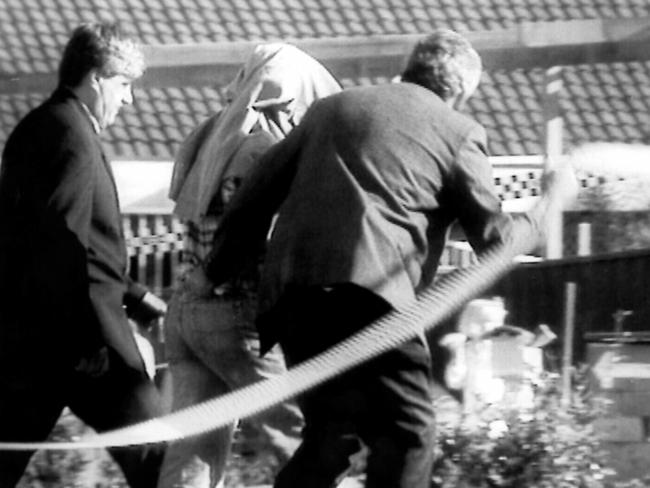
It was 21 years ago last week that Milat was arrested after a raid on his Eagle Vale home by Taskforce Air, the crack police squad charged with capturing and helping to convict the killer of British backpackers, Caroline Clarke and Joanne Walters, German tourists Anja Habschied, Gabor Neugebauer and Simone Schidl, as well as Melbourne teenagers Deborah Everist and James Gibson, whose remains had been uncovered in various states of decomposition in the Belanglo State Forest, near Bowral in NSW.
Forensic evidence would link Milat to their gruesome and violent killing — using hunting knives, ropes, cloth gags and a collection of legal and illegal firearms to brutalise and subdue his prey.
In July, 1996, NSW Supreme Court Justice David Hunt sentenced Milat to seven consecutive life sentences for the backpacker deaths, as well as six years for the robbery and attempted abduction of Briton Paul Onions, who escaped the mad man’s clutches in 1990 and proved a key witness for the prosecution.
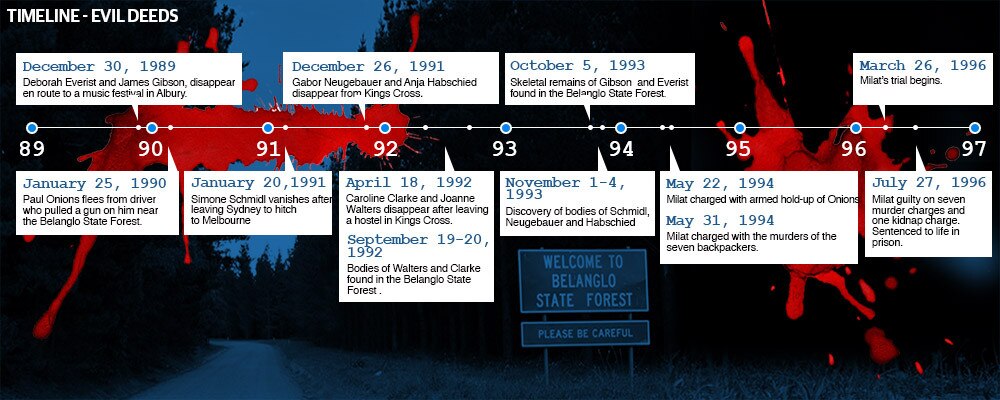
Not content with the verdict, Milat spent years raging against the system, writing letters to politicians and media, as well as public “pen pals,” seeking support with his appeal.
Former state political editor, Alex Mitchell was one targeted by the maximum security prisoner, penning pages of desperate pleas for a fair hearing and accusing everyone from the NSW Government to other crime reporters of a conspiracy to incriminate him.
Mitchell told NewsCorp Australia the inmate “refused to lie down like other prisoners and accept his fate” asking family and friends to bring him legal books so he could craft his own defence.
“The police didn’t believe him, the courts didn’t believe him and the public didn’t believe him, but he refused to lie down,” Mitchell said.
When Mitchell wrote an article in 1997 detailing the strategy Milat planned to present to the NSW Court of Criminal Appeal, the correspondence from the killer to the journalist continued at pace — addressing them from the ‘Darkside” and the cell he described as his “sunless cement cave.”
By 2001, still indignant at his treatment and the judicial roadblocks he hit at every turn, Milat had turned to self-harm, hospitalised under heavy guard several times for swallowing razor blades, ball-bearings, paper staples, even metal wires he had secreted from inside a toilet fixture.
His jailers dismissed the self-mutilation as a transparent plan to be moved to a lower-security facility, from where he could plot an escape, but Milat would write the incidents were all a justified cry for attention.
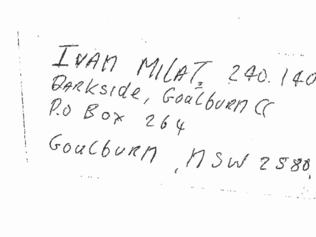
“After going through all that, I am not sorry about it,” he wrote, “I am angry that I am forced to attempt to do these things like that to get a basic right to appeal.”
In January 2010 Milat horrified the nation all over again when it was revealed he had gnawed the little finger on his left hand, wrapped it in newspaper and attempted to post it to the High Court’s Chief Justice Robert French.
Once out of legal options, Mitchell says Milat has now “withered to a shadow of himself, with nothing to do but wait to die.”
Critics rally to block broadcast
DISTRAUGHT relatives and friends of the backpacker murder victims have added their names to a 25,000-strong petition trying to block broadcast of the Channel 7’s telemovie.
“I find it disappointing that a reputable broadcaster would wish to give this sick murderer any more publicity in his old age.”
The change.org protest has drawn passionate feedback from around the world, demanding “Channel 7 and [industry body] FreeTV Australia keep serial killer Ivan Milat from our living rooms.”
Lea Rose, of Melbourne, signed the petition on behalf of her “closest and dearest friend” James Gibson, who was killed by Milat alongside his girlfriend Deborah Everist in December 1990.
Rose wrote she had “never recovered from James’ murder and never will,” furious at Seven’s decision to air the two-part mini-series.
“What have you done, we are the families and friends affected. This is an outrage. Please everyone sign this petition. James was an activist. I sign this for James and his loving family. Why would you want to cause more harm Channel 7 ... just for MONEY!!”
Darren Thompson, posting from Canada, wrote: “as a friend of [British victim] Caroline (Clarke) I find it disappointing that a reputable broadcaster would wish to give this sick murderer any more publicity in his old age. He should have nothing to live for ... the ‘celebrity’ status does just the opposite. Have a heart and think about his relatives.”
Adelaide woman, Mandy Simmons wrote: “James (Ghosty) and Debbie lived with us just prior, so I cannot imagine how horrific this is for all the loved ones concerned.”
“Please stop (the) sensationalism of the horrific loss of life, for the sake of ratings and giving other evil people a standard they feel they need to better.”
She added: “respect those that have been left behind without their loved ones.”
A Channel 7 spokesperson said the network was yet to receive any direct complaints about their program, which will air over two weeks, from tonight.
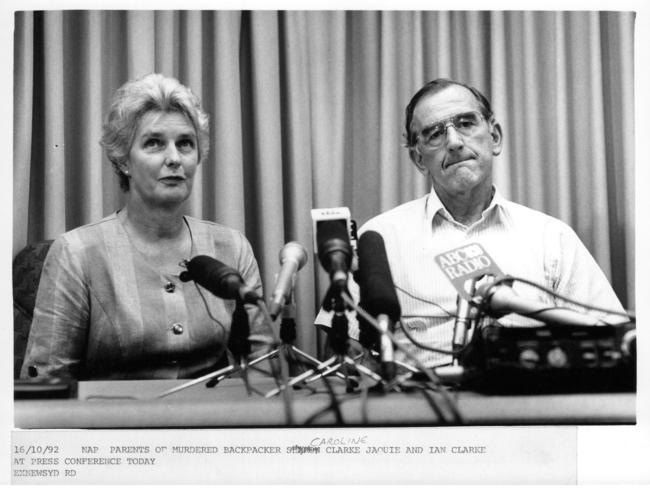
Remembering the victims
THEY were young, carefree and hungry for adventure.
But for five backpackers from Europe and two teenagers from Melbourne, that wanderlust would come to an horrific dead end — murdered and left to rot in the desolate bush of the Belanglo State Forest, south of Sydney, New South Wales.
As the story of their killer’s evil deeds are retold in the telemovie, Catching Milat, we remember his victims and the families who fought to bring their children peace and justice:
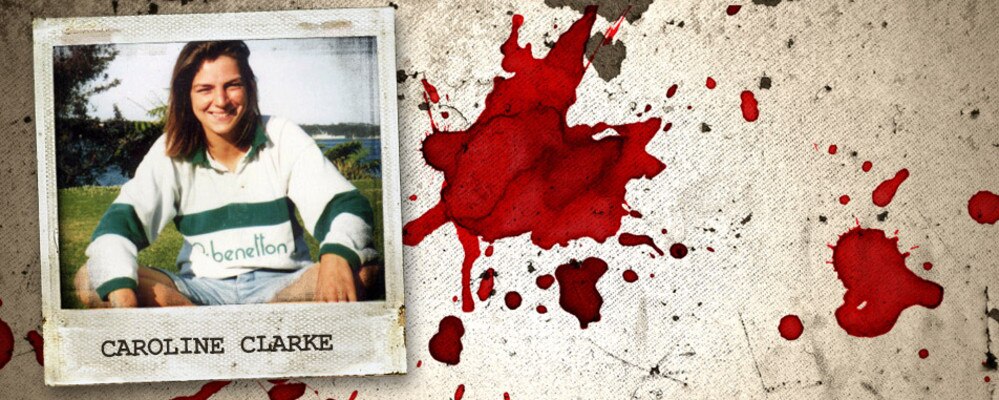
JOANNE WALTERS
A WELSH-born nanny, aged 22, who befriended another British tourist Caroline Clarke and planned to travel south to Victoria, with the 21-year-old, both in search of fruit picking work.
It is believed they left their rented flat in Kings Cross on Easter Saturday, April 18, 1992, carrying sleeping backs and a tent.
Hitch-hiking first to Bulli Pass, south of Sydney, they were last seen asking for directions to the Hume Highway, the grim route used by Ivan Milat to pick up his unsuspecting and all-too trusting victims.
Her family flew to Australia in search of their daughter on May 25, the day before her visa was to have expired and she was due home safe.
Despite being jet-lagged, her parents Ray and Jill Walters wasted no time braving a press conference to plead for information about the girls’ whereabouts.
It would be five months before their worst fears would be realised.
On September 19, two bushwalkers, Ken Seily and Keith Caldwell, out hiking in the Belanglo State Forest with their orientation club from Liverpool, made the grim discovery of Walters’ body, wedged under a large rock and covered in shrubbery at the ominous land mark, Executioners Drop.
Thinking the decaying remains were that of a dead animal, the men were horrified to brush aside forest debris and uncover the heel of a shoe.
Post-mortem examinations would confirm Walters had been stabbed 21 times in back and 14 times in the chest, five wounds severing her spinal cord, in a frenzied attack leading forensic psychiatrist Dr Rod Milton described as: “violence for the sake of violence and done with explosive force.”
The rotting remains of a cloth used as a gag were removed from her mouth and around her neck, suggesting strangulation.
His distraught father Ray would tell media: “whoever did this thing, I wouldn’t call them sick, because sick people can be cured to an extent. These are evil-minded people, and like dogs with rabies there is only one way- they have got to be put down and destroyed. There has got to be some system whereby we destroy these people for their evil genes.”
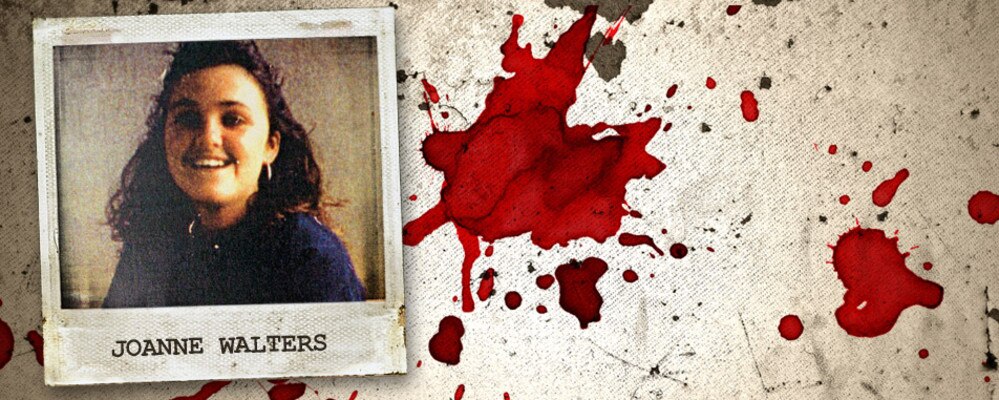
CAROLINE CLARKE
AS NSW homicide detectives moved into investigate Walters’ murder, a search of the area would uncover the remains of her companion Clarke just a few metres away.
It was another horror ending for her English family, who had raised the alarm five months earlier after their daughter, never one to miss a family milestone, failed to call home for her father Ian’s 58th birthday.
A Bank of England director, Mr Clarke used his connections and corporate diligence to start a missing persons campaign from the UK — distributing flyers to backpacker hostels across Sydney.
In the early days of their long distance search, Clarke’s father told reporters: “we never gave up hope. We dredged around thinking of every conceivable thing the girls could be doing where they couldn’t get in touch; going out as Girl Fridays on a yacht, or working on a homestead without a phone.
As her mother Jill told a US television documentary series, Twisted: “before (Caroline) was even a teenager, (visiting) Australia was the goal. Whether it was a diet of Neighbours and Home And Away, I don’t know.”
They would make the same trek as their daughter but in tragic circumstances, after police phoned them at home to confirm Walters and Clarke had been found dead.
Their beloved daughter would be found in the desolate bush, face down, arms stretched above her head and tied together with a red cloth.
Court evidence against Milat suggested Clarke had been marched 10 metres away, blindfolded by her own sloppy joe, then shot in the head 10 times.
Ballistic re-enactments suggest she had been shot from three separate angles, while police expert Sergeant Gerard Dutton concluded her sadistic killer had “used her for target practice.”
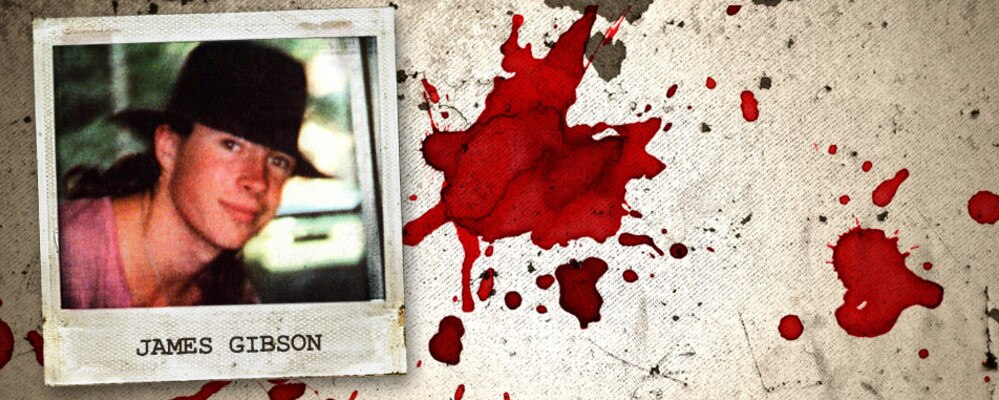
JAMES GIBSON
THE first of the ‘backpacker’ victims to go missing, and thought to be the first murdered,
the bodies of James Gibson and Deborah Everist would be discovered next.
The Victorian couple had left their homes in Frankston for a music festival near Albury.
After spending time in Sydney, they set out for the New South Wales-Victorian border town.
Two months after leaving Sydney, a walker found Gibson’s damaged camera on a roadside at Galston Gorge, north of Sydney.
Taking it home, the discovery would not be reported to police for another month, prompted by publicity over the discovery in the same area of his empty backpack (with his name intact inside). Confusing detectives, Gibson and Everist’s bodies would be found in the Belanglo, south of Sydney by a local man, Bruce Pryor.
He regularly used the forest to collect firewood, but set out to explore the area where Clarke and Walters had been found.
His strange mission would be expose an even more gruesome discovery, finding a human skull (which would prove to be Everist).
Frantic, he wrapped the skull in a cloth and drove out of the forest, calling Bowral Police from a local orienteering clubhouse.
Duty detectives Peter Lovell and Steven Murphy would respond, locating Gibson’s sandshoes still tied to his skeletal remains.
Dental records, already attached to his missing persons file, would confirm the body as 19-year-old Gibson.
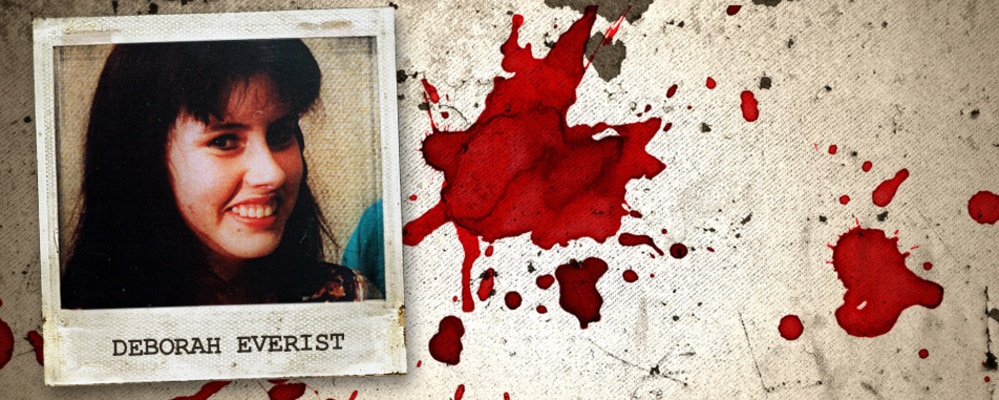
DEBORAH EVERIST
EVERIST’S body would be found nearby, her silver fob chain, a bracelet and a silver crucifix buried with her in the shallow grave.
Forensic examinations confirmed similar stab wounds to the British victims, with part of Everist’s jaw broken away.
The teenage student had been convinced to take the trip with her boyfriend, by her mother Patricia, as a break from helping to nurse her sick father (who died soon after).
The heartbroken mother would tell The Age of her regrets at encouraging her daughter to leave, even though her daughter had hesitated: “I said, ‘go and have a break. It will do you good.’ I wish I had never said those words.”
The trip had been a fun one, with Everist calling from Sydney to say she had spent time on the harbour, confirming she would be home in three days and promising to send a postcard.
Four years later, on October 5, 1993, her daughter and Gibson would be found brutally murdered and later counted as Milat’s first victims.

SIMONE SCHMIDL
WITH panic spreading across Australia and around the world, Task Force Air, led by NSW police superintendent Clive Small were charged with catching the killer.
It took 26 more days of searching to provide their next body and more clues, this time the remains of missing German tourist, Simone Schmidl.
She had left Sydney on January 20, 1991, announcing she was hitching to Melbourne to meet her mother, Erwine, who was to fly in from Germany to join her daughter for a camping holiday.
When Mrs Schmidl flew in and her daughter was not at the airport to greet her as planned, she filed a missing persons report with police. Staying six weeks in the hope ‘Simi’ (as she was known to family and friends) would turn up, her mother would leave devastated and alone.
November 1, 1993, police would find her daughter’s skull, still wrapped in her distinctive purple headband, with her family’s grief made worse after hearing the news first on the radio.
Schmidl’s other belongings — in particular, an army-style drink bottle and other camping equipment — would be found in raids on properties belonging to the Milat family.

ANJA HABSCHIED
JUST as media started to speculate the next victims could be two missing German tourists, the remains of Anja Habschied and her boyfriend Gabor Neugebauer were the next to be found.
A pair of pink jeans were found near Schmidl’s body, fitting the description of the clothing worn by Habschied when she was last seen leaving the Backpackers’ Inn in Kings Cross on Boxing Day, 1991 (the couple had planned to hitch south to Adelaide, then north to Darwin, before flying home via stopovers in Asia).
Habschied, 20, would post her last letter home to family on Christmas Eve, writing: ‘It will be a little difficult after Christmas because we will need to travel the 4,100km to Darwin uninterrupted. The bad luck in Australia is that all you want to see lies so far from each other and if you want to see something you must spend a lot of money.’
Saving money on bus tickets or train fares, the couple would instead accept a ride from road worker Ivan Milat.
After their bodies were found on November 3, 1993, post-mortem reports would confirm they suffered similar knife wounds to the other Belanglo victims — but more disturbingly, Habschied’s skull was missing and has never been found.
Forensics would suggest her head was severed cleanly from her body, possibly using a sword (like one found at the home of Milat’s mother, Margaret).

GABOR NEUGEBAUER
HOW Milat overpowered Gabor Neugebauer reinforced to some investigators and the victim’s father, Manfred, that the killer had not acted alone.
At 183 centimetres tall and known to his family to have impressive strength, the Munich University Student would have taken some controlling.
The extent of his injuries would prove what a violent challenge it was for his murderer/s.
Like Milat’s other victims, the 21-year-old had been gagged, with a cloth fastened across his mouth — significantly using a “reef” knot, as distinct from the “granny” knot used on Joanne Walters.
There were also signs of strangulation, with his jaw fractured in several places.
He was shot in the head six times, with four bullets retrieved from his skull and a fifth from his upper body.
Ballistics would confirm the same weapon used to shoot Walters, was also used 200 feet from where Neugebauer and Habschied were found.

PAUL ONIONS
RESPONDING to the international media attention on the Backpacker killings, British man Paul Onions would call the Taskforce Air hotline to repeat his story of a near-miss with Milat which he’d given Bowral Police four years earlier.
It was January 25, 1990 — less than a month after Milat had killed Everist and Gibson — when Onions, a former Royal Navy seaman, then 24, was offered a lift from Lombardo’s Shopping Centre at Casula by the “first real Aussie” he said he’d met on his adventures.
Giving his name as Bill, Milat would encourage his passenger to take a nap while they drove south along the Hume Highway, telling Onions he was on his way to visit friends in Canberra.
When the 4WD stopped unexpectedly, Milat told Onions to stay in the vehicle while he got out, pulling a gun from underneath the vehicle’s front seat and telling the terrified tourist he intended to rob him.
Onions had also noticed rope and other strapping inside a bag on the floor and, sensing the danger, immediately leapt from the car and began running along the highway — less than two kilometres from the turn off to the Belanglo State Forest.
As he attempted to escape, Milat began firing at the traveller, who used his military training to zigzag out of the line of fire.
Flagging down a passing motorist, he would leave all of his belongings behind in Milat’s car and instruct the driver to take him immediately to a police station where they both made statements.
Those reports were lost, prompting Onions to call police again in 1994.
He would fly to Sydney to positively identify Milat from photos of possible suspects and later gave critical witness testimony against Milat at his 1996 trial.
Onions returned a $200,000 police reward offered to the public during their investigation, thankful to be alive and secure in the fact his attacker was sentenced over his attempted kidnapping and robbery, as well as seven consecutive life terms for murder.
He told NSW Supreme Court: “I saw his photo and recognised him straight away. I’ll never forget that face. There was no doubt.”

Add your comment to this story
To join the conversation, please log in. Don't have an account? Register
Join the conversation, you are commenting as Logout
‘Worthless’: Sports clubs’ sobering child safety warning
Child safety experts have delivered a confronting verdict on background checks and reporting systems after Sport Integrity Australia complaints data revealed junior sport's hidden dangers.
What the fox? Why viral clothing brand is under fire from Gen Z
Frustrated shoppers have unloaded online after buying clothes from one of Australia’s most coveted brands, with claims quality has gone ‘down the drain’. See the pictures.